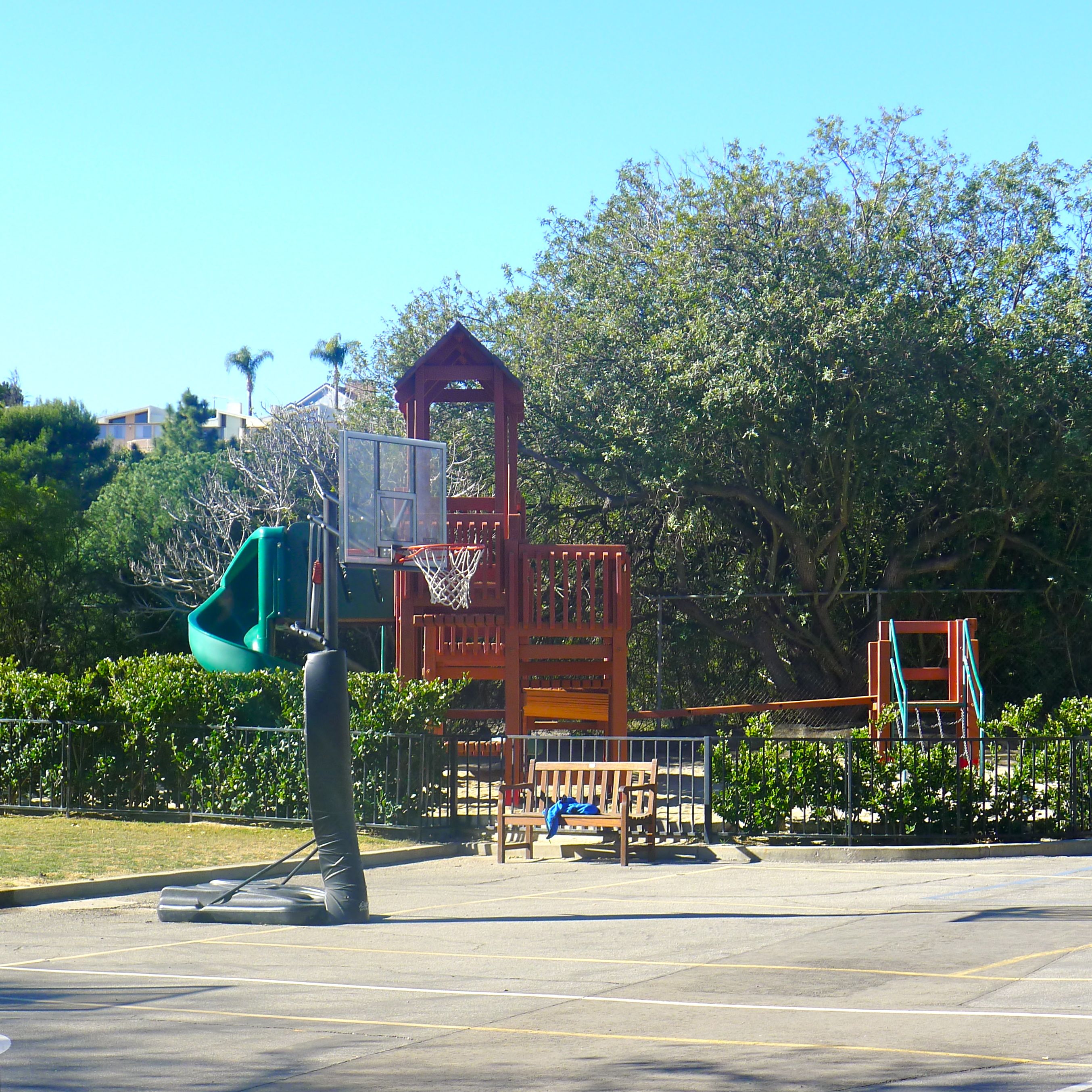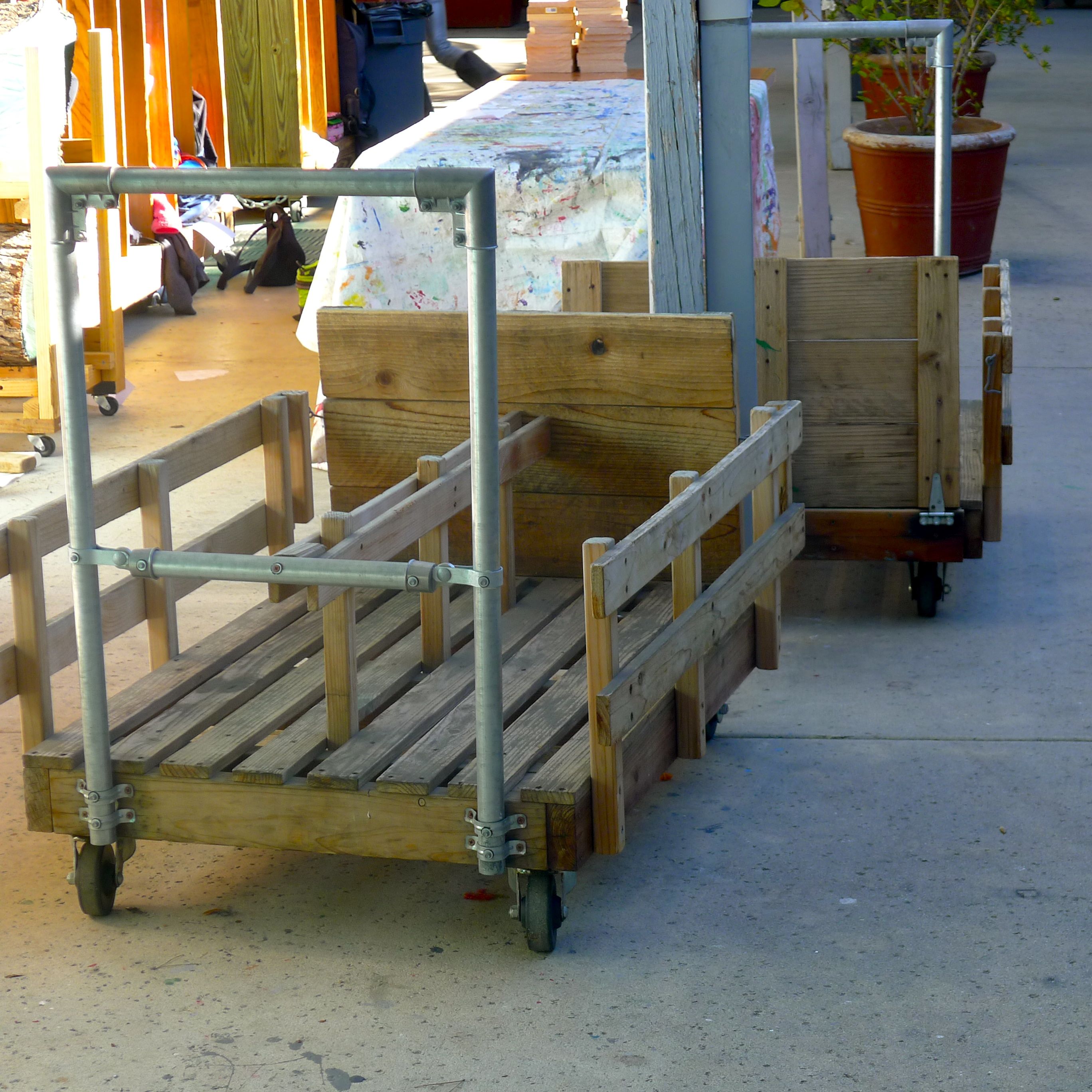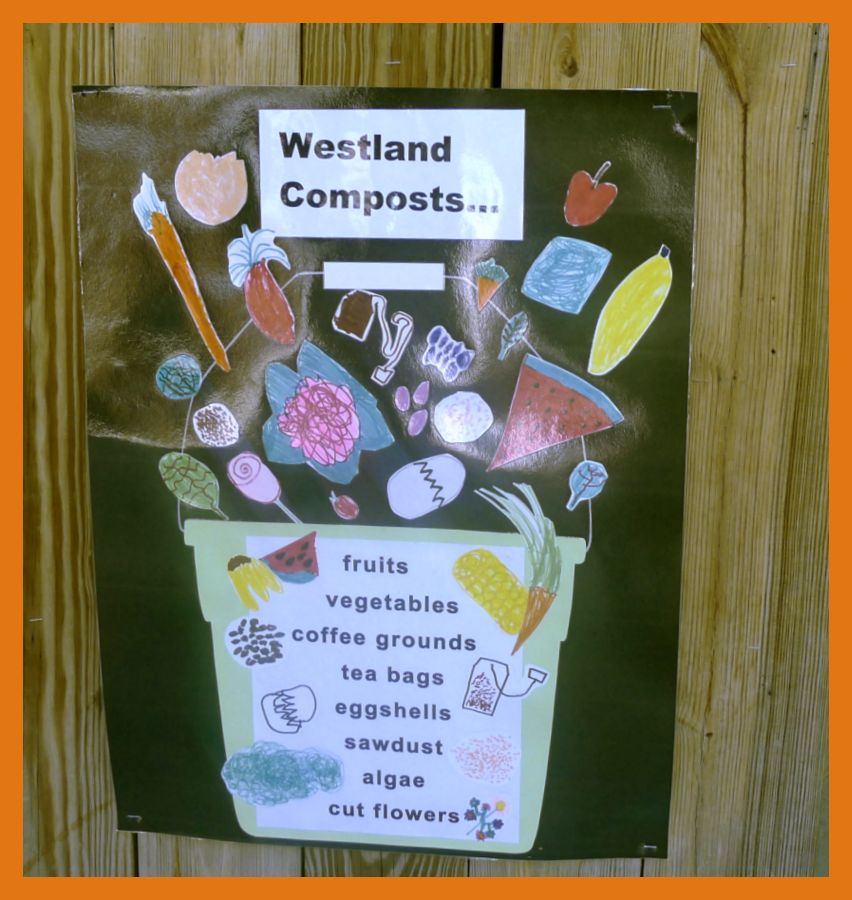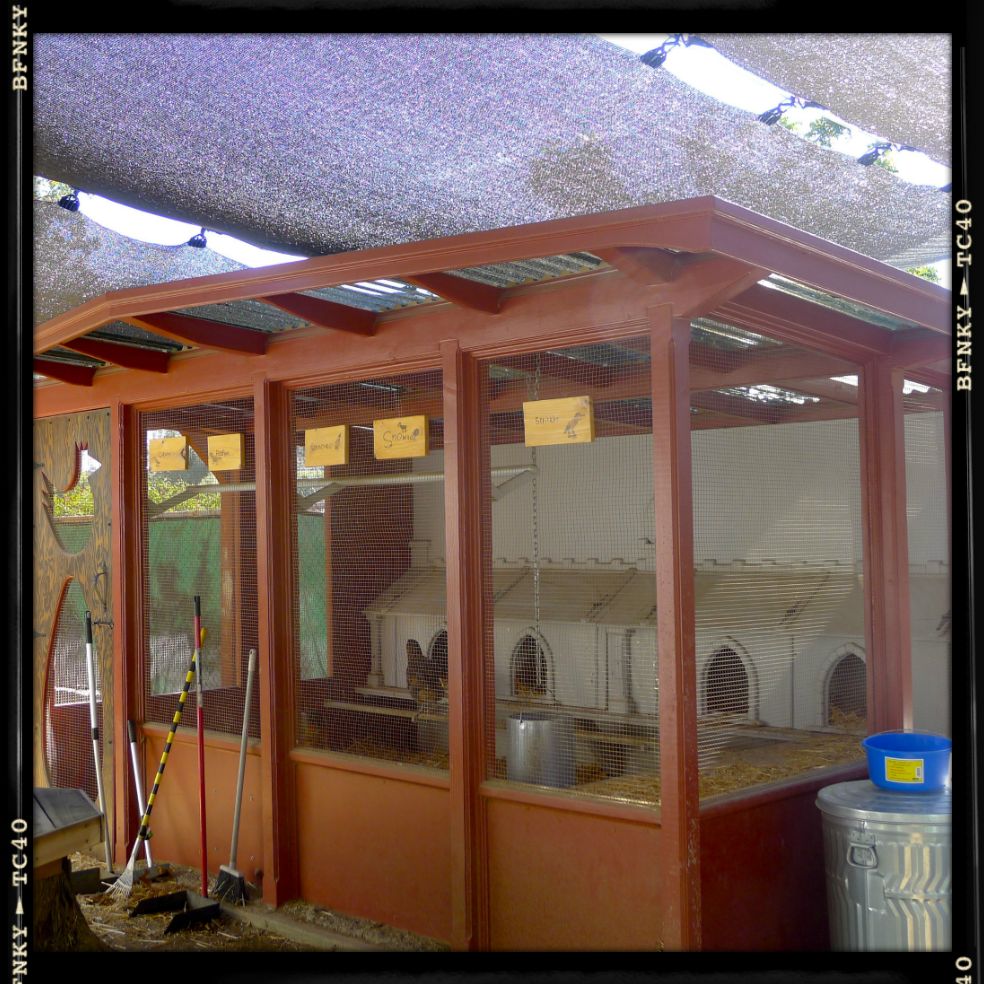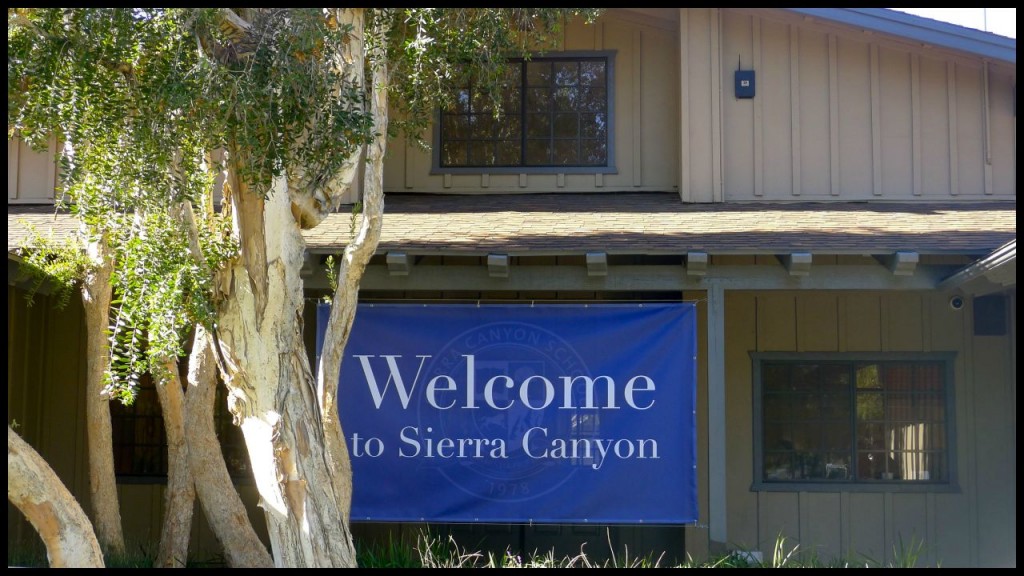
Last year I was invited to attend a book signing at Chandler, organized by a friend who is a parent at the school. Connie Rice, the author of Power Concedes Nothing, was the eloquent and fascinating featured speaker. It was my first time at Chandler and the beauty of the campus awed me.

When the school invited me to tour and write about it, I happily accepted. John Finch, Chandler’s head of school, presides over one of Pasadena’s most in-demand institutions. The word that comes to mind when I think of Chandler is refined. John was friendly and generous with his time as he ushered me into his office to talk about the school. John garners praise from Chandler parents who applaud his excellent oratory skills, his years of educational experience and his ability to handle any situation that arises with diplomacy and fairness. Even after eight years at Chandler, John (or Mr. Finch as the kids call him) wears a coat and tie every day. A quintessential British headmaster, he greets the children every morning with a handshake, remembering all their names.
“Chandler’s curriculum is purposeful,” says John, as I ask him about what makes this K-8 school so impressive. “We want kids to think critically and work with their classmates to solve authentic problems,” he continued.
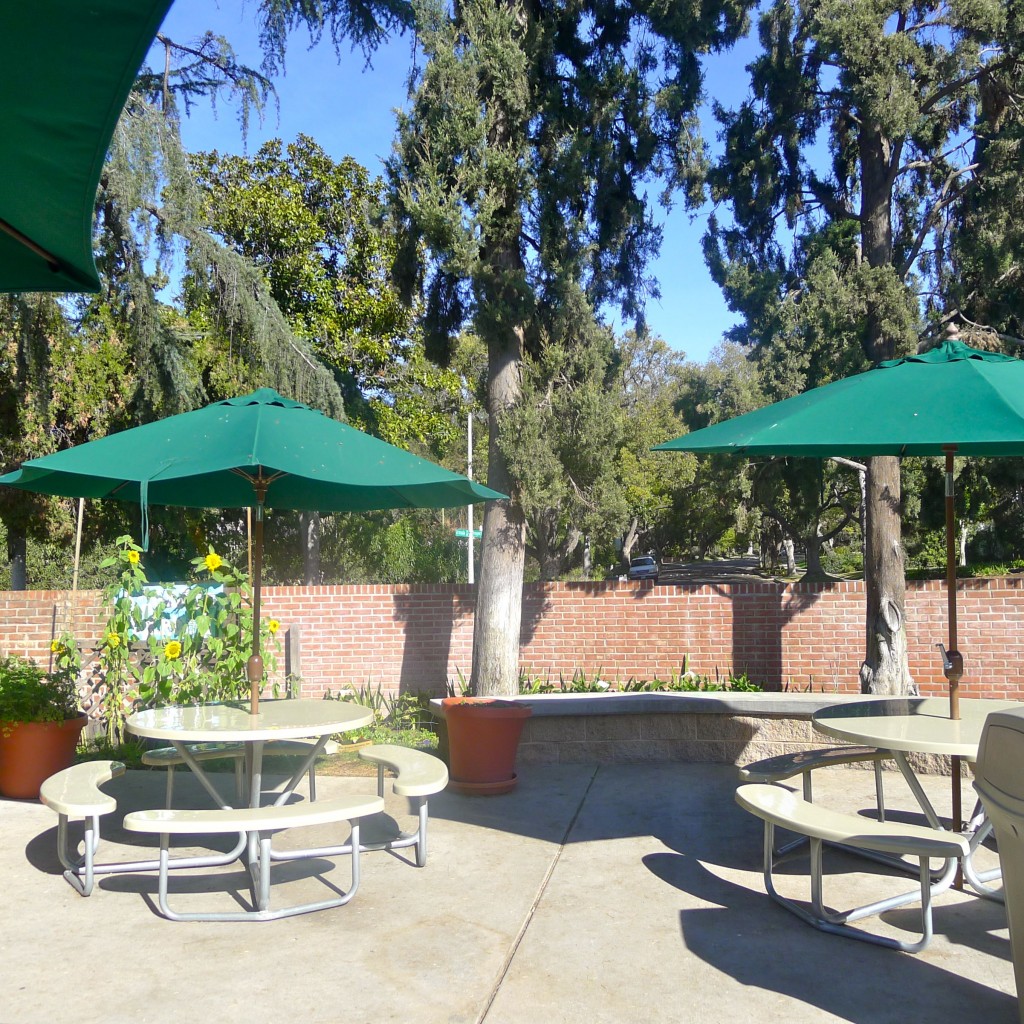
A champion of academic excellence, Chandler is a traditional school. It is located in several large craftsman-inspired buildings. Its woodsy aesthetic is carefully cultivated to blend with its ideal location, a tree-lined residential street.
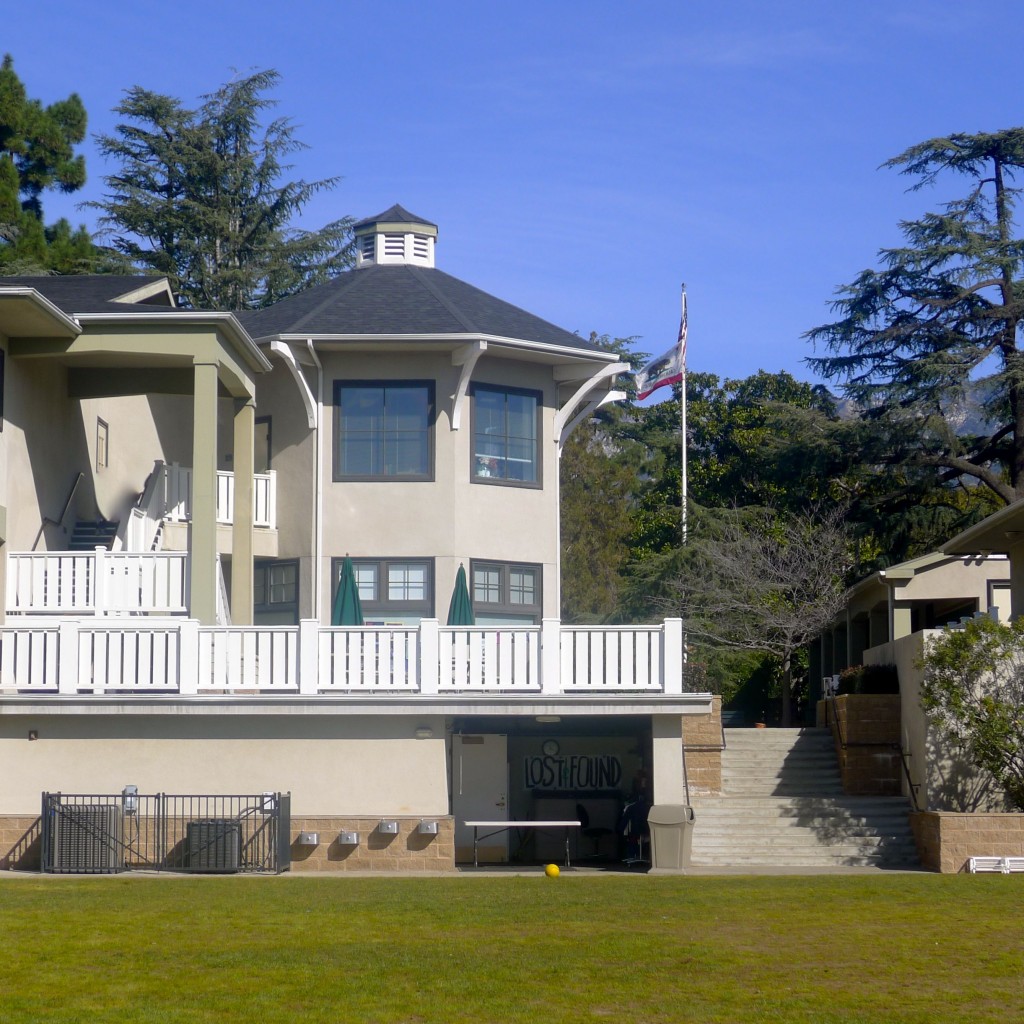
With its sprawling outdoor campus, minutes from the heart of Old Town Pasadena. Chandler has distinguished itself as an academic powerhouse. Chandler’s is a traditional paradigm, with a laser focus on academic excellence and strong moral character. Many of the parents at Chandler are professionals such as doctors, lawyers, teachers, executives, and faculty at Cal Tech. Legacy families return with their kids, recalling their own wonderful experience at the school.

Gretchen Lurie, the admissions director took me on a campus tour. Gretchen is extremely knowledgeable about all things Chandler. She’s energetic and friendly, a mom of two-college age kids. Walking in and out of classrooms, Gretchen discussed the school’s multi-faceted programs. It bears repeating: Chandler’s is an academically rigorous program. Just as important, however, as subject matter learning is organization, which is emphasized by the school. Starting in kindergarten, kids learn how to study. There is about 10-15 minutes of homework per night for kindergarten. This increases by grade so that by 6th grade there is approximately 2 hours of homework per night. Each class has a teacher and an assistant. There are specialists for art, Spanish, science, library and music. Competitive team sports begin in 7th grade.
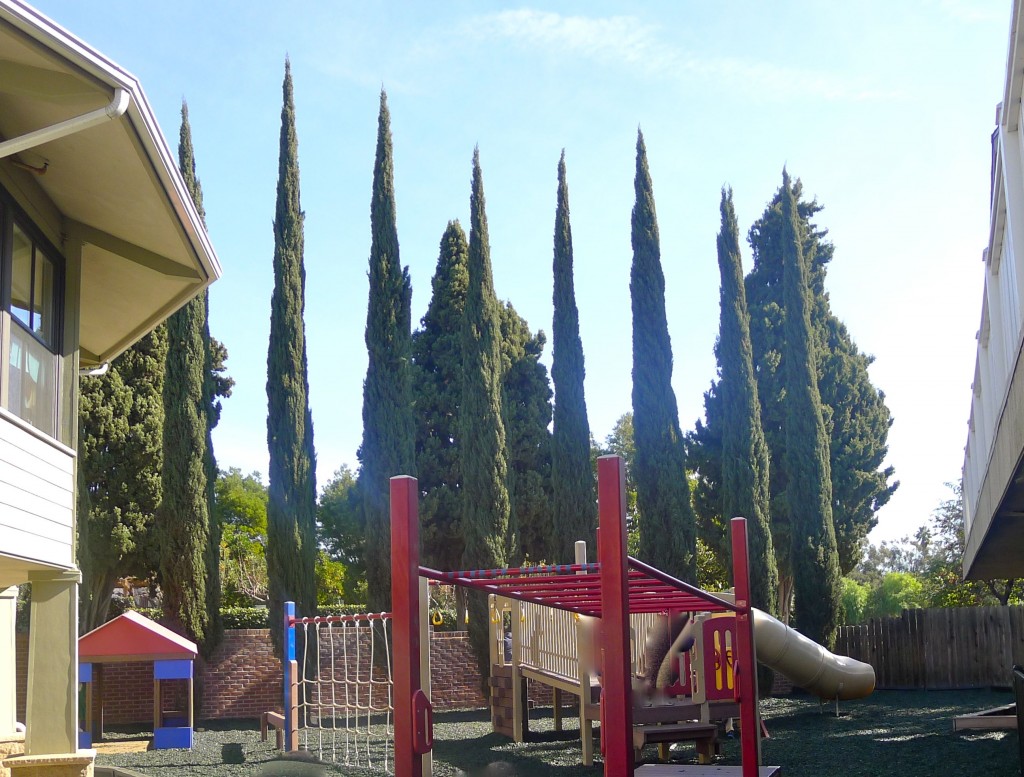
Chandler uses differential instruction to create learning groups for math and reading. There is fluidity between groups, meaning kids can move into different groups during the year. There are also pullout groups run by resources specialists for gifted or advanced kids and for those who need a bit more help.

The school uses a 1:1 laptop program in the Middle School. For K-2nd grades, there are iPads and laptops are introduced for grades 3-5. All technology is well integrated into the curriculum the students are learning. Chad is the school’s technology specialists who works in the Library, teaching Internet skills and other aspects of the use and application of technology.
Gretchen was very straightforward about Chandler’s admissions process, telling me that the school’s wait-list does open up and sometimes a family can be offered a spot as early as March or as late as August. It is a “very active” wait-list, she said. There are approximately 40 openings for kindergarten. There are two classes of about 20 kids per grade for Kindergarten. Chandler seeks “bright, motivated and well-rounded students who can benefit from a strong academic program…” (Source: Chandler School). Gretchen also let me know that for 2012-13, there were about 100 fewer 5 year-old students who took the Integrated Learning Solutions (ILS) readiness exam than in previous years. It may be a good year to apply!


The STEAM Program
Martin Voss, in charge of communications for the school, showed me several of Chandler’s facilities and provided me information about an exciting new program. STEAM is science, technology, engineering, art and math. It’s a very new development at Chandler, a project-based curriculum organized by grade. Each grade level in the school will be executing a project based on a theme.
STEAM will celebrate the end of the 2013 school year with STEAM week, where students and faculty show their work.
One of the first STEAM projects is one where Eighth-graders designed miniature golf courses in the classrooms based on some historical or geographical element. Students worked on these in their advisory groups. Within those groups, each student had a specific role, be it historian or brochure maker, accountant, architect, fabricator and more. Brochures were made in English and Spanish. The students updated their work on a Wiki page to detail the theme of the golf holes and all of their research with documentation. The students are enthused by STEAM and their ability to create and innovate.
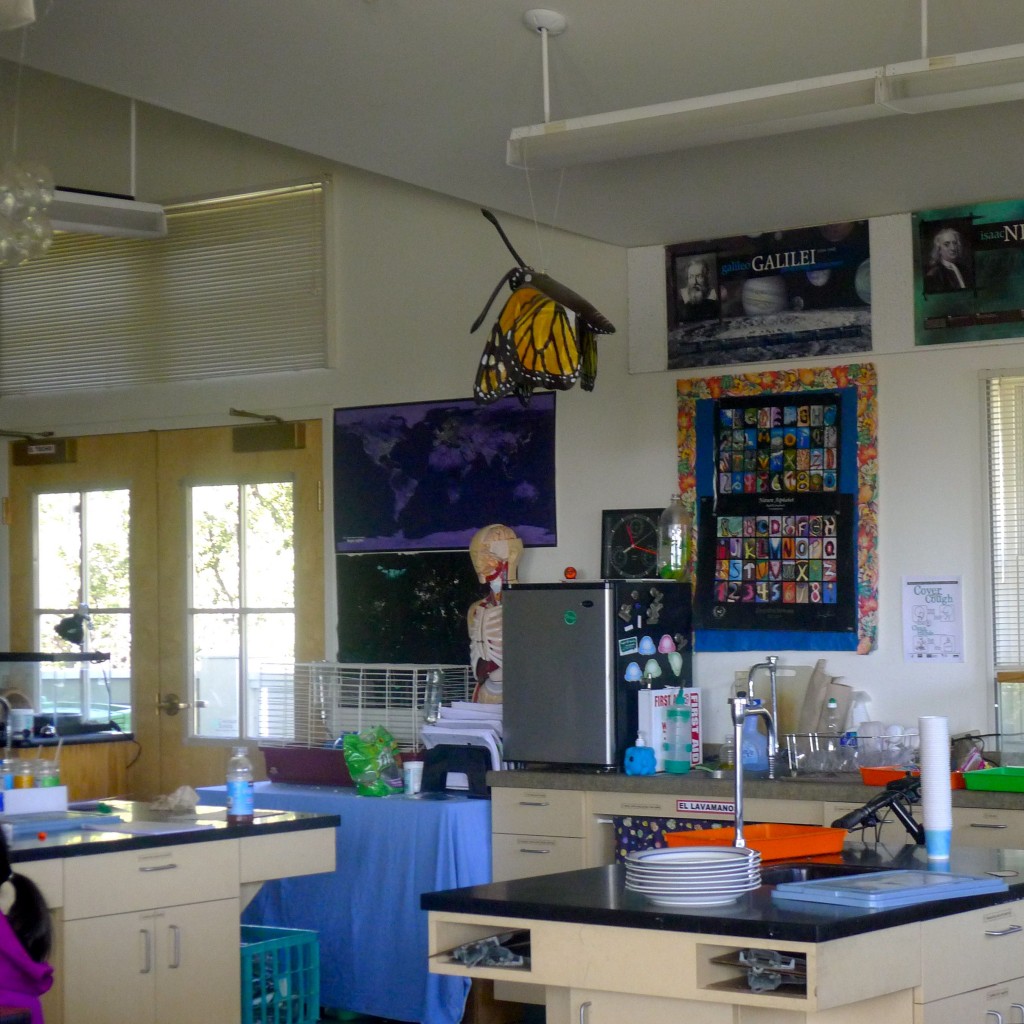
Chandler is committed to finding the best resources in its community—and on its own campus! First grade teacher, Christine Barry, was awarded the U.S. Presidential Scholars Program’s Teacher Recognition award 2010-11. The fifth grade class took a visual calculus course with Caltech astrophysicist Dr. Mamikon Mnatsakanian, or just “Mamikon” to the students. Alumnus Ben Samuels, ’05, was elected president of the Harvard Crimson, joining Max Child, ’02, as the second Chandler to helm the Crimson in the last four years. (Source: Chandler School).

Chandler is a warm, nurturing school infused with a very traditional approach to education which includes many of the hallmarks of a traditional school including uniforms and addressing teachers by their surnames. It is committed to providing its students with an excellent academic education that prepares them for professional and personal success. A key part of a Chandler education is the promotion of the values of good citizenship.

Visiting Chandler was a true delight! It is a venerable institution, where a love of learning shines bright among students and staff. Respected for its esteemed academics, it is a contemplative, energetic and beautiful place for kids to accept academic challenges, as well as to learn how to challenge themselves as they grow.

Chandler students go on to 9th grade at a variety of schools, including Polytechnic, Flintridge Preparatory, Mayfield, Harvard-Westlake, St. Francis, Loyola and others.

For more information, visit, www.chandlerschool.org




